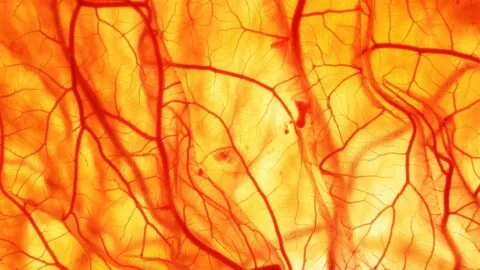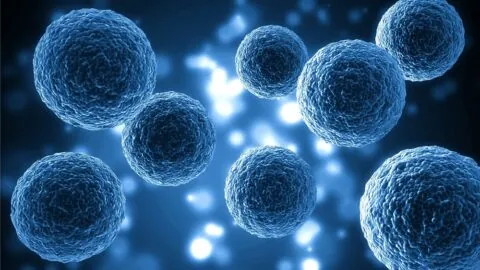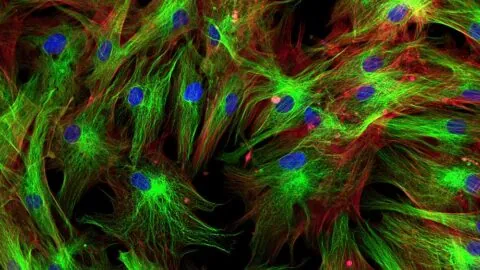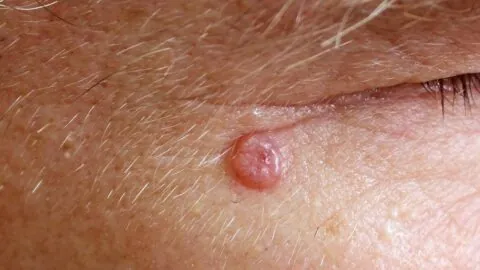October 27, 2025
A preprint study has found that the stiffness of the extracellular matrix (ECM) itself encourages cells to undergo senescence. An unexplored relationship ECM stiffness and cellular senescence are both well-known aspects of aging. The cross-linked collagens, such as glucosepane, that lead to a less-flexible ECM accumulate with time and have long been the subject of...
August 07, 2025
Researchers have found that growing older cells in a youthful medium causes them to behave and function more like younger cells, suggesting a new method of creating stem cell-based therapies. Cultivating patient-derived cells For some time, mesenchymal stem cells (MSCs), which can be used to differentiate into multiple functional cell types, were thought to be...
February 28, 2025
Researchers publishing in Cellular Signaling have explained how the protein AP2A1 affects stress fibers that change with cellular senescence. Stress fibers Why We Age: Cellular SenescenceAs your body ages, more of your cells become senescent. Senescent cells do not divide or support the tissues of which they are part; instead, they emit potentially harmful chemical...
February 17, 2025
Researchers publishing in Matrix Biology Plus have discovered that cochlin, a protein that decreases with age, is vital for the health of tendons. Tendons require a healthy extracellular matrix Previous work has found that tendon tissues, which link muscle to bone, require a healthy extracellular matrix (ECM) to function; if the ECM is degraded, the...
October 23, 2024
Investigating the factors involved in skin rejuvenation processes, researchers have identified the role of hyaluronan and proteoglycan link protein 1 (HAPLN1) in restoring collagen and hyaluronic acid in aged skin [1]. The most noticeable sign of aging Skin aging, one of the most visible forms of aging, is influenced by both intrinsic and extrinsic factors....
November 20, 2023
A new paper published in Nature has described how the aging extracellular matrix makes it easier for cancer to grow. When cancer is skin deep Under normal circumstances, we lose and regain skin cells constantly. Old skin flakes away, and stem cells constantly divide and differentiate to replace it. This is a homeostatic balance, and...






